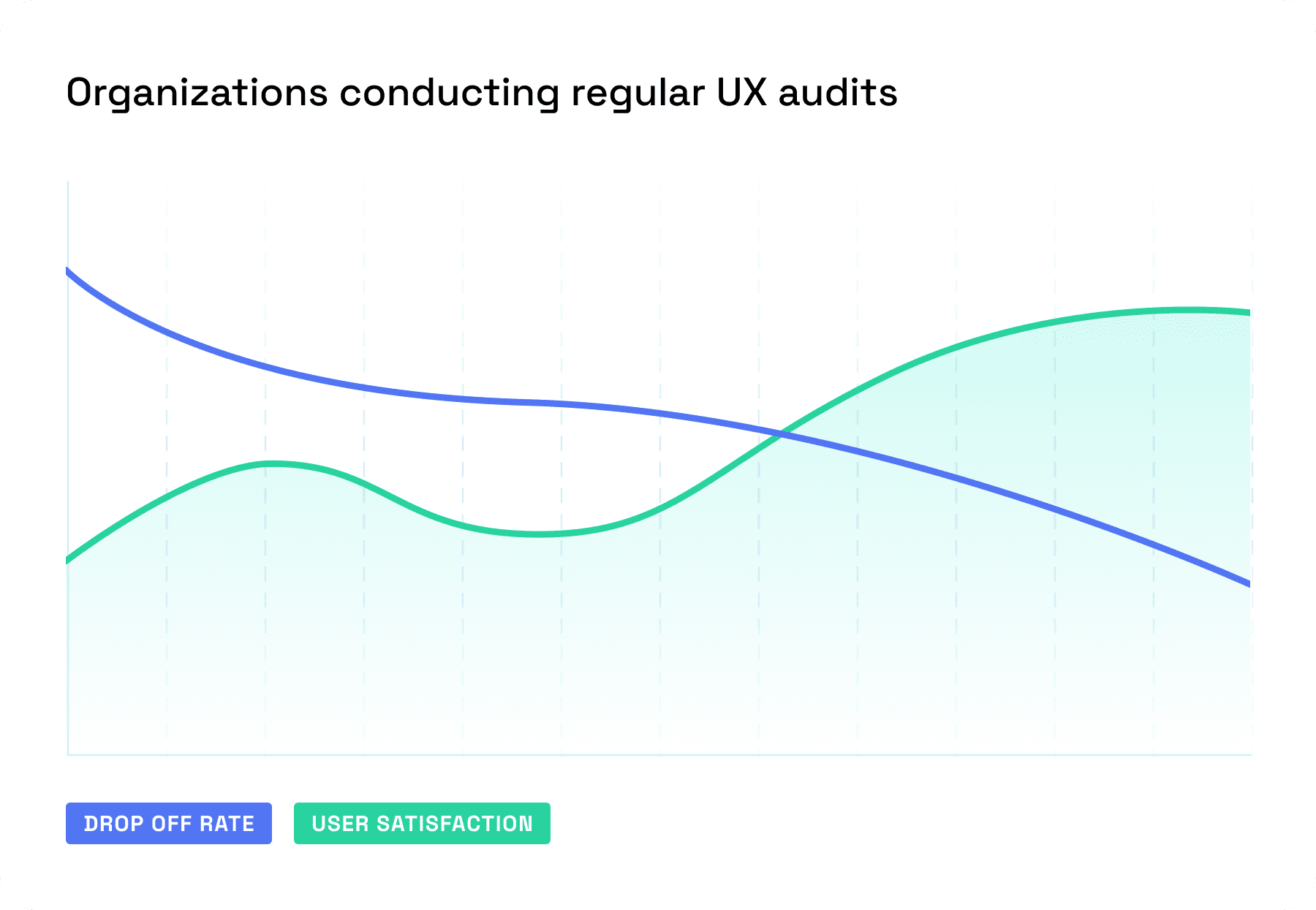4 Strategies for Improving Product Engagement by Understanding User Behavior

Let’s face it, product managers spend countless hours delivering solutions they believe will solve user problems. Yet, the reality can be harsh! Users download your app, but quickly abandon it. They visit your website but leave without converting. 88% of users cited that they were less likely to return to a website after a bad user experience. These frustrating scenarios highlight a critical need for understanding user behavior. Understanding user behavior is crucial for enhancing product engagement and performance. User behavior significantly impacts the success of a product, including user engagement, retention, and overall performance. In this blog, we will explore various strategies and insights for addressing challenges related to user engagement and drop-offs.

Unveiling Insights with User Testing
User testing involves observing real users as they interact with your product. This process can help you identify:
- Usability Issues
Are users struggling to find specific functionalities? Does the interface feel clunky or confusing? User testing exposes areas needing improvement to streamline the user experience. - Pain Points: What are the specific frustrations users encounter while using your product? By observing their interactions, you can pinpoint roadblocks that hinder their progress and satisfaction.
- Areas of Confusion: Are there unclear instructions, ambiguous wording, or counterintuitive design elements? User testing unveils these points of friction, enabling you to create intuitive and user-friendly interfaces.
By incorporating user feedback from testing sessions, you can refine your product to address these pain points and create a smooth user journey that fosters engagement.
For example, let’s consider a mobile banking app experiencing a high drop-off rate during the account setup process. Through user testing, the product team discovers that users are struggling to input their personal information due to a clunky interface design. By addressing this usability issue, the app can improve user engagement and retention.
Airbnb’s user testing led to a 30% increase in user engagement and a 40% decrease in drop-off rates.
User Interviews: Delving into the ‘Why’

While user testing reveals what users are doing, user interviews delve into the ‘why’ behind their actions. Unlike testing sessions, interviews involve open-ended, conversational questioning. You can delve deeper into the user’s thought process, motivations, and expectations. This qualitative data provides us with a deep of understanding of:
- Underlying Needs: What are the core problems your product aims to solve? User interviews illuminate the user’s goals and motivations, ensuring your product truly addresses their needs.
- Hidden User Biases: Users may not always consciously recognize their own biases. Interviews can unveil these subconscious preferences, allowing you to design a product that caters to a broader spectrum of user behavior.
- User Journeys: By listening to user stories, you gain a deeper understanding of their context, challenges, and overall journey. This fosters empathy, allowing you to tailor the product experience to their specific needs.
User interviews offer a window into the user’s mind, revealing the rationale behind their actions. For instance, imagine an e-commerce platform noticing a significant drop-off in the checkout process. Through user interviews, the product team discovers that users are hesitant to proceed due to concerns about payment security. Armed with this knowledge, the platform can implement additional security measures to reassure users and reduce drop-offs.
Slack’s product development team conducted user interviews to understand how teams communicate and collaborate, leading to the integration of new features that significantly enhanced user engagement.
Uncovering Hotspots with Heatmaps
Heatmaps provide a visual representation of user interaction patterns within a digital product.These visual representations depicting the user interaction, allow you to identify:
- Popular Features: Heatmaps highlight frequently used features, indicating areas where users find value and derive satisfaction. This data validates design choices and reinforces the effectiveness of these functionalities.
- Areas of Neglect: Conversely, heatmaps can expose features that users completely bypass. This could indicate a lack of awareness, discoverability issues, or simply features that don’t resonate with the target audience.
- Potential Design Flaws: Heatmaps can reveal unexpected user behavior patterns. For instance, users might consistently click on an element not intended as a button. This could expose a design flaw that requires correction to avoid user confusion.
By leveraging heatmaps, you can gain valuable insights into how users visually navigate your product, enabling you to optimize the interface for ease of use and prioritize functionalities based on user engagement.
For example, a social media platform may use heatmaps to discover that users are spending more time interacting with photo posts compared to text-based posts. This insight can inform content strategies to increase user engagement with text-based content.
A Comprehensive Approach: UX Audits
UX audits are the go to solution for providing a thorough evaluation of your product’s user experience, covering various aspects to pinpoint usability challenges, accessibility obstacles, and areas for enhancement throughout the user journey.
For instance, an app may conduct a UX audit and discover that users are struggling to find key features buried within complex menus. By simplifying the navigation structure, the app can enhance user engagement and satisfaction.
Research by Nielsen Norman Group shows a 30% increase in user satisfaction and a 25% decrease in drop-off rates for organizations conducting regular UX audits.

The benefits of a UX audit are undeniable:
- Identification of Pain Points: UX audits systematically evaluate a product’s user experience, pinpointing areas of difficulty or frustration. By identifying pain points, product owners gain insights into specific aspects needing improvement, from navigation to checkout processes, enabling prioritized enhancements.
- Data-Driven Decision Making: UX audits use data like analytics, user feedback, and usability testing to assess design effectiveness. Objective evaluation helps product owners understand user interactions and prioritize improvements. This data-driven approach informs UX enhancements, optimizing resource allocation.
Enhanced User Satisfaction and Retention: Addressing UX audit findings enhances user experience, boosting satisfaction and retention. Improving usability, streamlining workflows, and optimizing interactions make the product more enjoyable and efficient, fostering loyalty and repeat usage. Continuous iteration based on audit findings shows a commitment to user-centric design, positively impacting customer perception and brand loyalty.
Lets Leverage User-Centric Approach
In conclusion, understanding user behavior is essential for improving user engagement and reducing drop-offs. Collaborate with us and implement these strategies to gain valuable insights into user behavior. By leveraging user testing, interviews, heatmaps, and UX audits, you can enhance your products and meet the changing needs of your users. Feel free to connect with us for a customized UX audit for your product!
Get a Sample Audit Report now!, Learn how to skyrocket your user adoption & retention!
